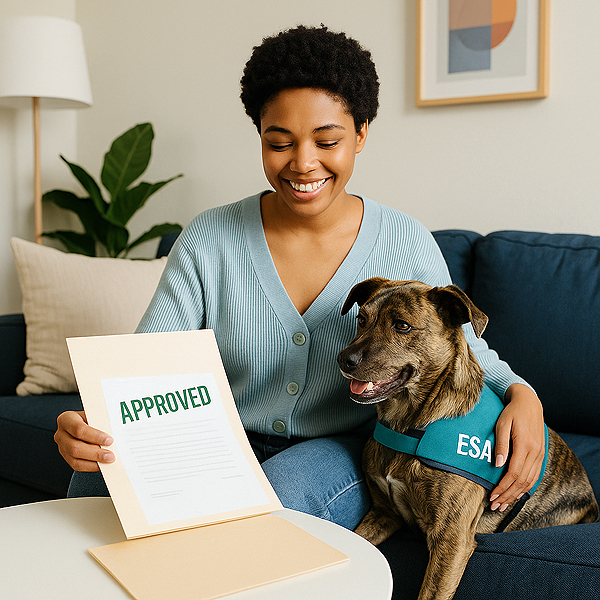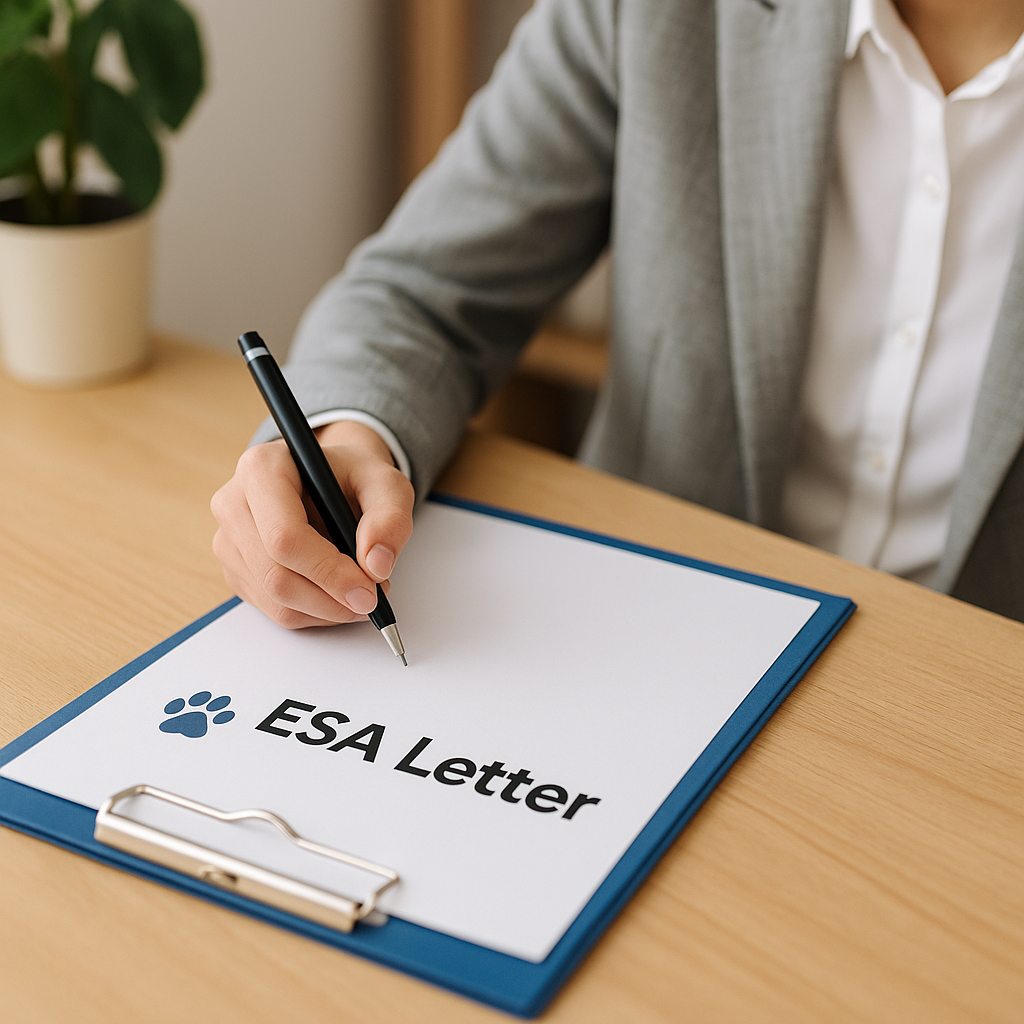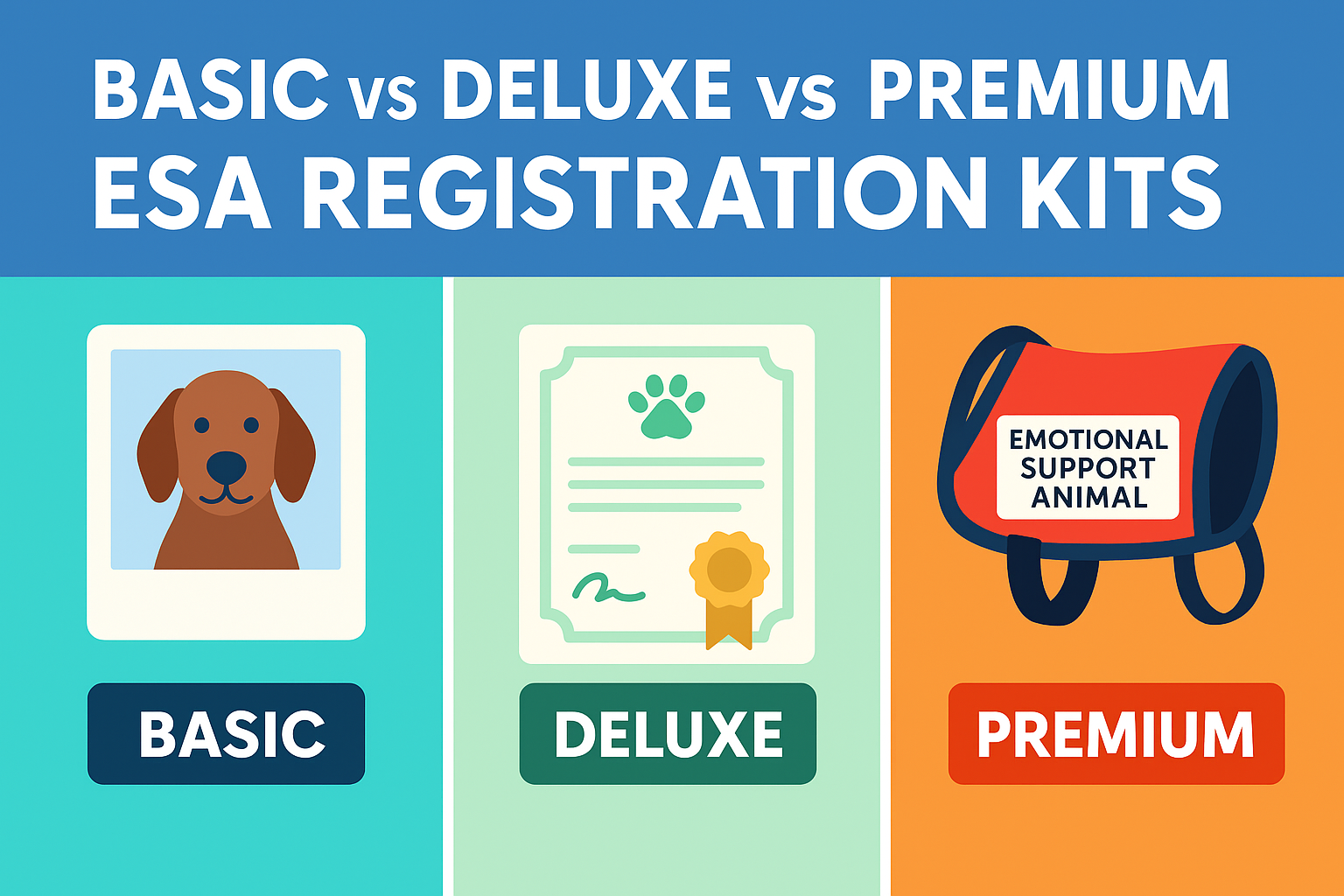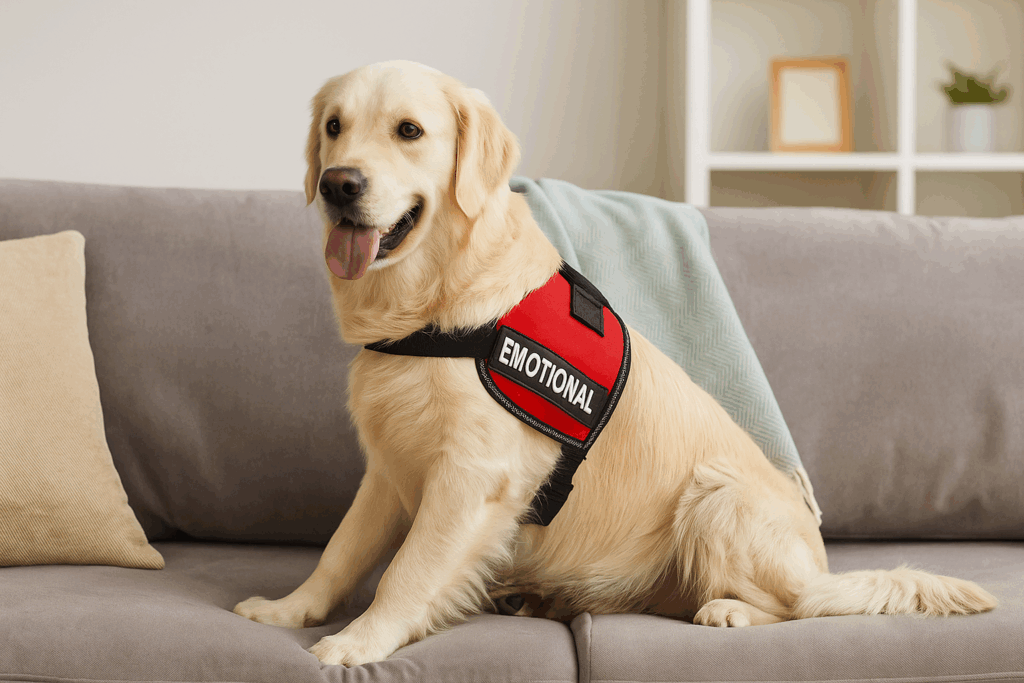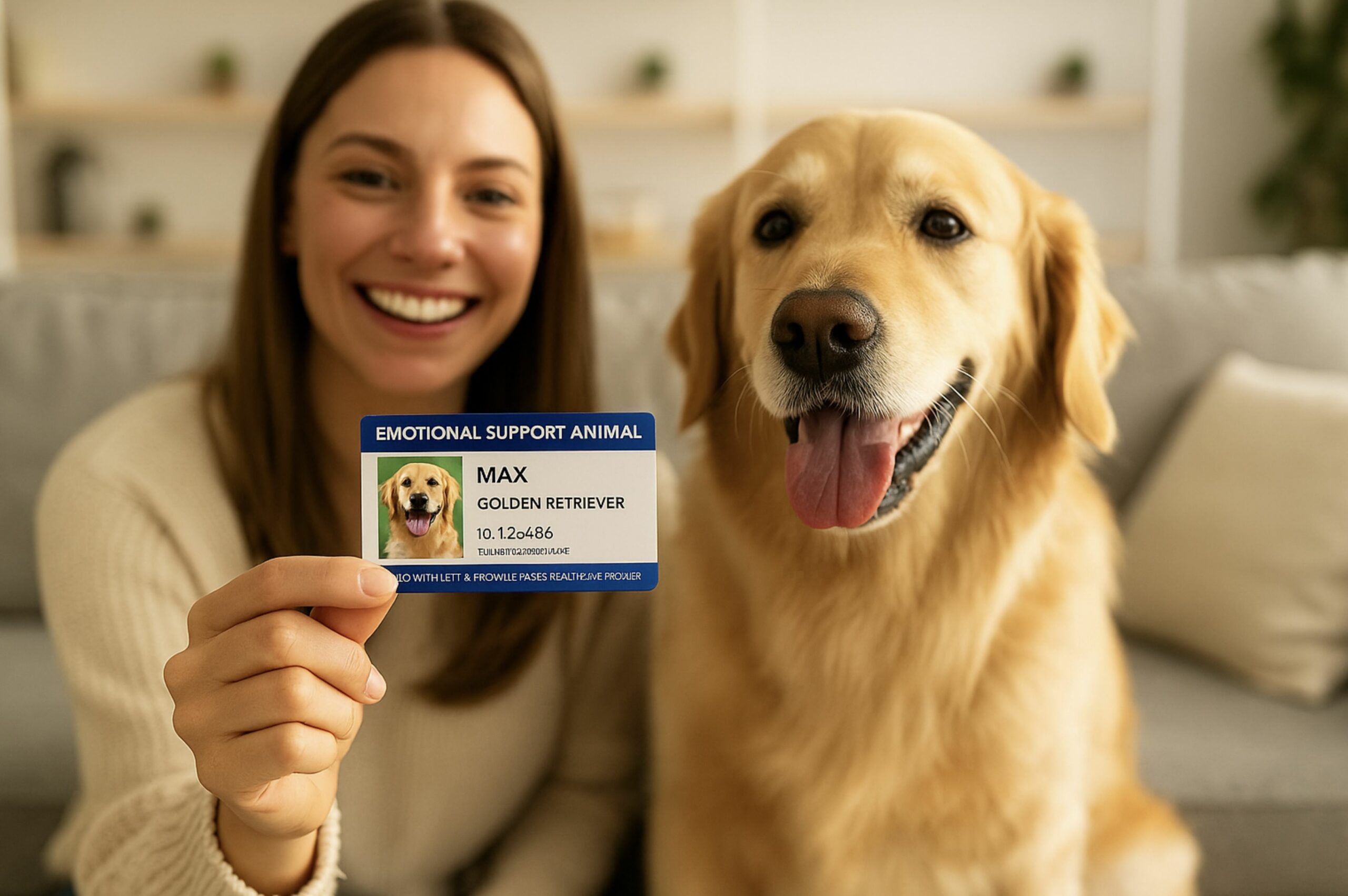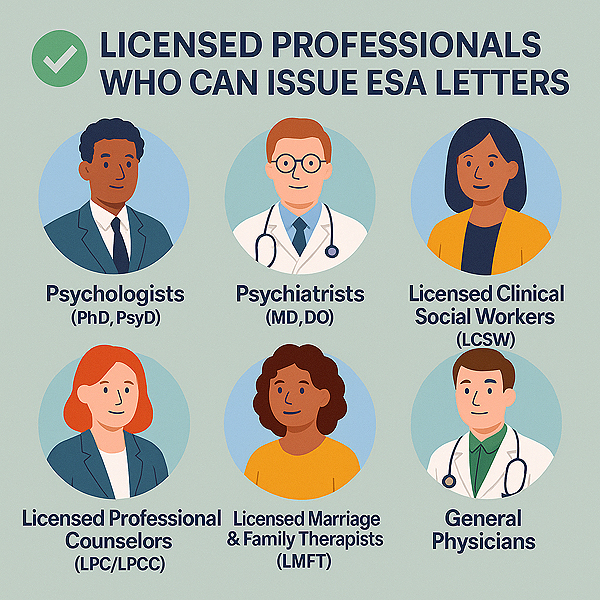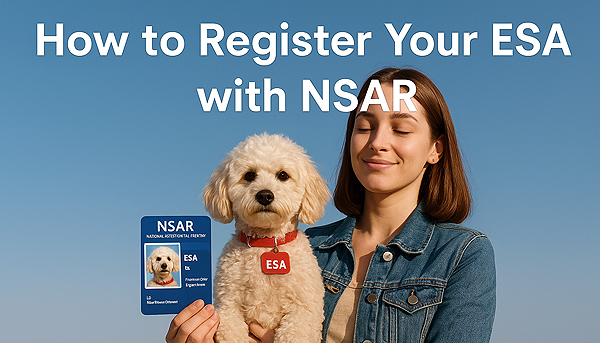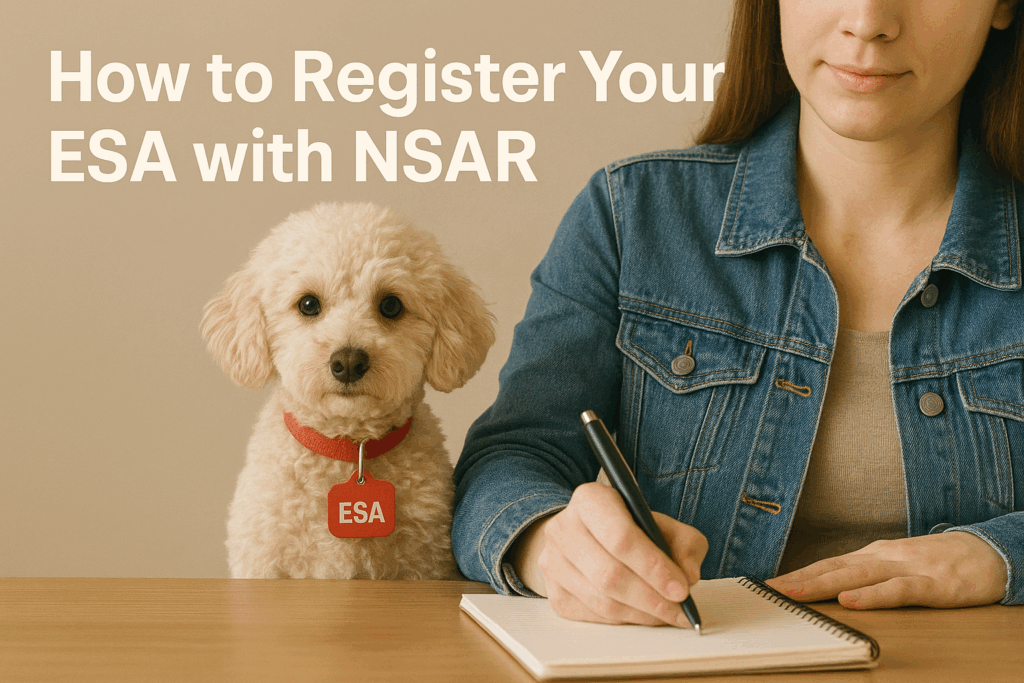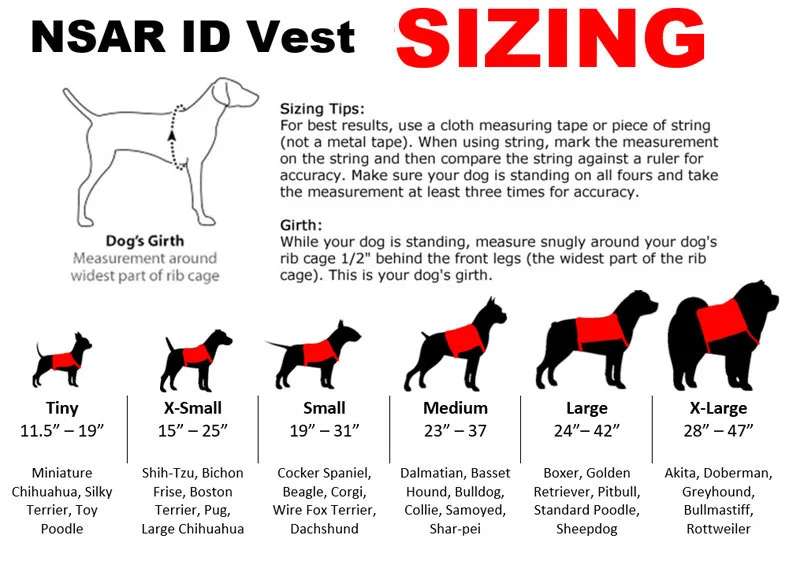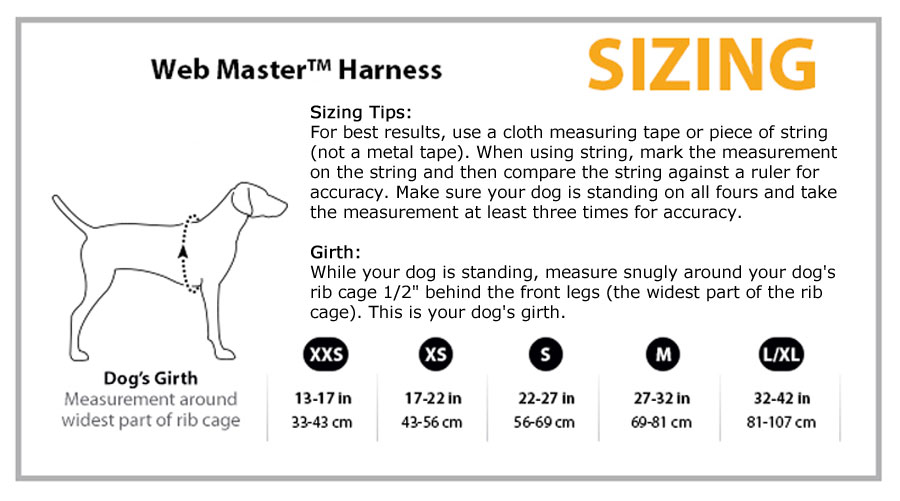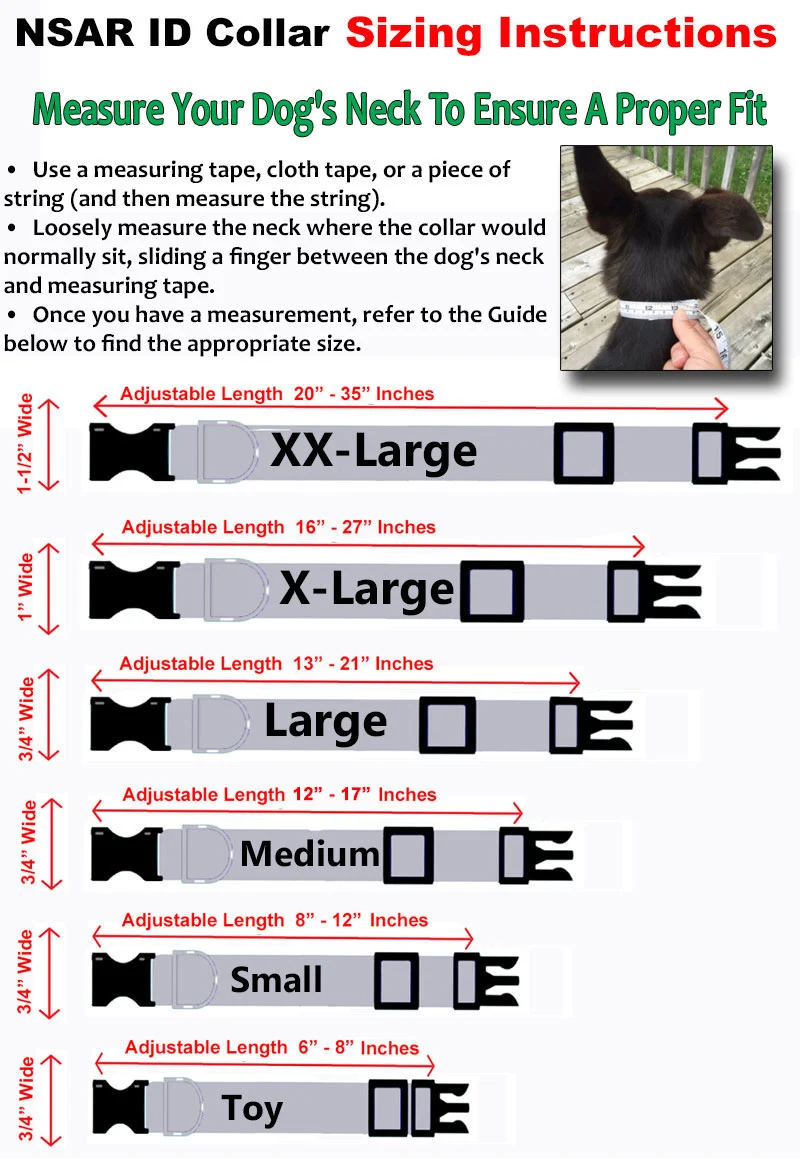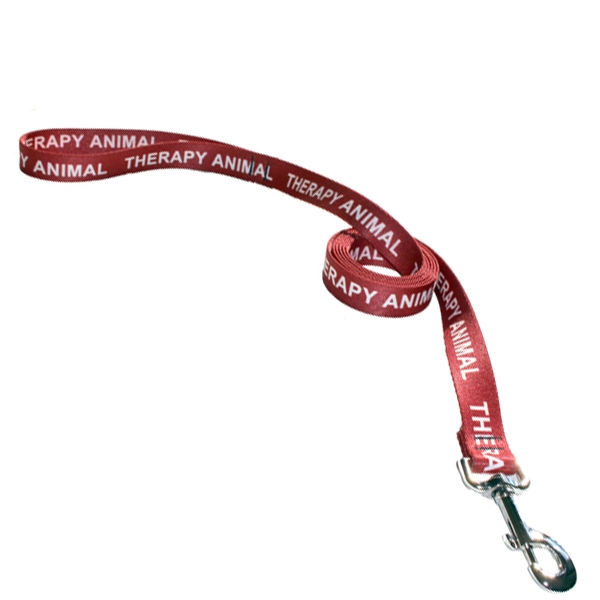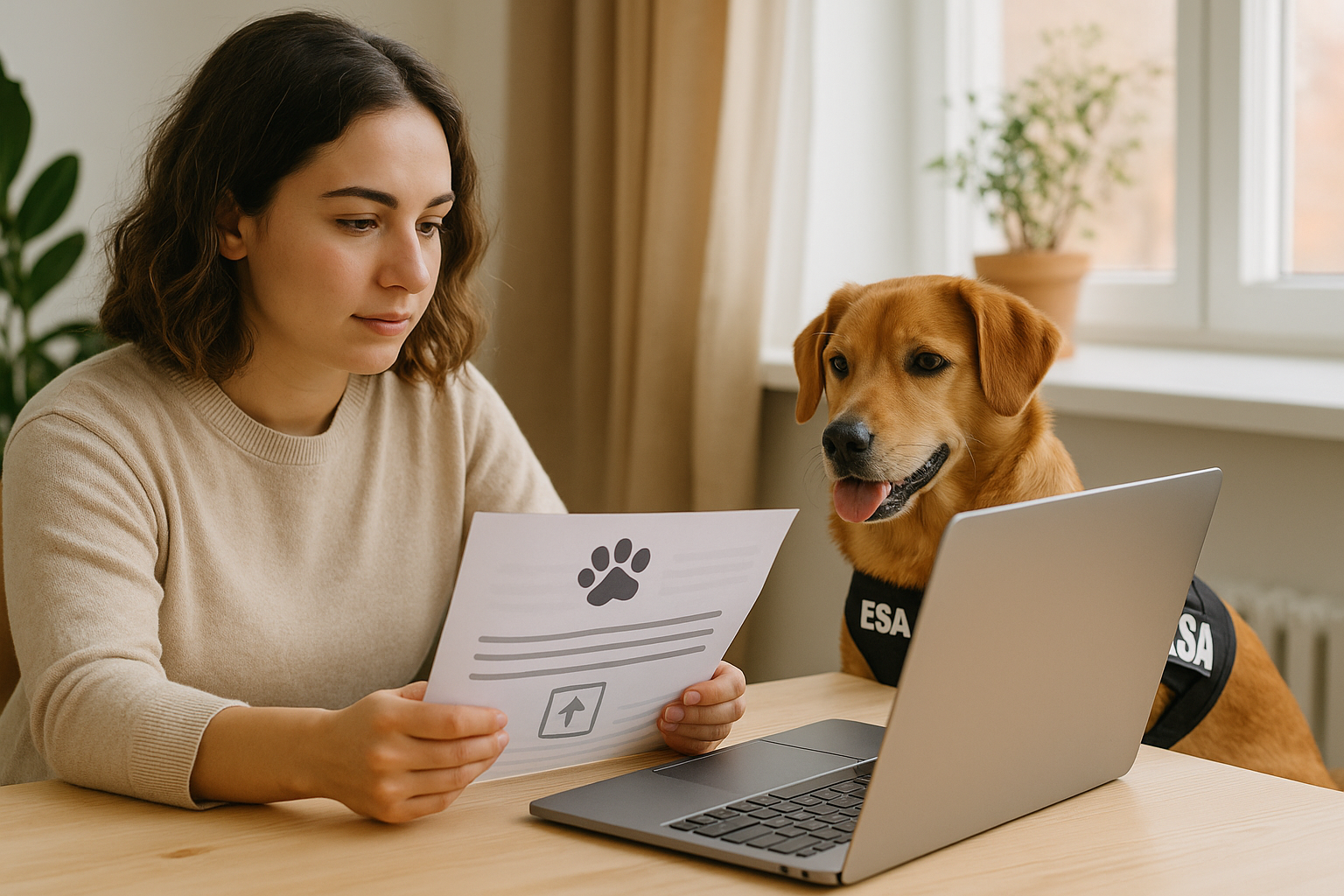
Introduction
So your landlord said no to your Emotional Support Animal — even though you have a valid ESA letter? You’re not alone.
Every year, thousands of renters run into the same problem. They do everything right, submit the proper paperwork, and still get told their ESA isn’t allowed. But here’s the thing: that’s often against the law.
The U.S. Department of Housing and Urban Development (HUD) enforces the Fair Housing Act (FHA) — the federal law that protects you from housing discrimination. And yes, that includes landlords who refuse Emotional Support Animals (ESAs).
The complaint process in 2025 is faster, fully online, and easier to navigate than it used to be. This guide walks you through exactly how to file a HUD complaint when your ESA letter is denied — and how to make sure your case stands up to scrutiny.
Jump to a Section:
- Your ESA Rights Under the Fair Housing Act
- When You Should File a HUD Complaint
- How to File a HUD Complaint in 2025 (Step-by-Step)
- What Happens After You File
- How to Strengthen Your ESA Complaint
- Sample HUD Complaint Letter Template
- Common Mistakes to Avoid
- The Bottom Line
Your ESA Rights Under the Fair Housing Act
Let’s start with the basics.
Under the Fair Housing Act, it’s illegal for a landlord, property manager, or housing provider to discriminate against someone with a disability — and that includes people who rely on Emotional Support Animals.
If your ESA helps ease symptoms of anxiety, PTSD, depression, or another emotional or mental health condition, you have the right to live with that animal — even if your building has a “no pets” policy.
Here’s what the law gives you:
- 🏠 You can live with your ESA in nearly all housing types (apartments, condos, dorms, etc.).
- 💰 Landlords can’t charge pet rent or deposits.
- 🐾 Breed or weight restrictions don’t apply.
- 📜 A valid ESA letter from a licensed mental health professional (LMHP) is all the documentation you need.
If a landlord ignores that letter or denies your ESA without a legal reason, HUD can step in.
When You Should File a HUD Complaint
Not every disagreement qualifies as discrimination, but many do.
You should file a HUD complaint if:
- Your ESA request was denied without reason or ignored entirely.
- You were told you must pay pet rent, deposits, or fees.
- You were threatened with eviction because of your ESA.
- You were treated differently (harassed, isolated, etc.) after disclosing your ESA.
In plain English: if your landlord refused to follow the Fair Housing Act, HUD wants to hear about it.
You have up to ONE YEAR from the date of the violation to file a complaint. But the sooner you act, the easier it is for HUD to gather evidence and help you resolve the issue.
How to File a HUD Complaint in 2025 (Step-by-Step)
HUD’s process used to be a maze of forms and fax numbers. Thankfully, the 2025 update made it quick and mostly online.
Here’s how to do it — and do it right.
Step 1: Gather Your Evidence
Start by collecting every piece of relevant information. Think of it as building your case file:
- Your ESA letter (dated within the past 12 months)
- All emails, letters, or texts with your landlord about the ESA
- A copy of your lease or pet policy
- Any screenshots or photos showing eviction threats or illegal fees
- Notes about who said what and when
💡 Pro tip: Write down a simple timeline. HUD investigators love clarity.
Step 2: File Online (It’s Fast and Free)
Head to HUD’s Fair Housing Complaint Portal.
Click “File a Complaint Online” and follow the steps:
- Select “Disability” as your discrimination type.
- Choose “Denied a reasonable accommodation (ESA)”.
- Upload your documentation.
You’ll receive a confirmation email within a couple of days. Keep that number — it’s your case ID.
Step 3: File by Mail or Phone (If You Prefer Paper)
If you’re old-school or want to mail everything together:
📬 Mail to:
Office of Fair Housing and Equal Opportunity (FHEO)
U.S. Department of Housing and Urban Development
451 7th Street SW, Washington, DC 20410
☎️ Or call HUD directly:
1-800-669-9777 (TTY: 1-800-927-9275)
Ask to speak to an Intake Specialist for disability-related complaints.
Step 4: Wait for HUD’s Response
Once your complaint is submitted, HUD’s process goes like this:
1️⃣ Intake (1–2 weeks) – They review your claim and confirm it qualifies under the FHA.
2️⃣ Investigation (within 100 days) – They contact you and your landlord, collect evidence, and evaluate the case.
3️⃣ Resolution – HUD may mediate an agreement or formally charge your landlord with discrimination.
If HUD finds discrimination, penalties can include:
- Fines (up to $25,000 for a first offense)
- Damages for emotional distress or moving costs
- Mandatory policy changes by the landlord

How to Strengthen Your ESA Complaint
Not all complaints carry the same weight — but you can make yours stronger with a few key steps.
✅ Use a legitimate ESA letter.
HUD investigators can spot fake “instant” or “lifetime” ESA letters in seconds. Make sure yours is from a licensed provider (like NSAR’s network).
✅ Attach all evidence.
Don’t assume HUD will follow up for missing files — include everything upfront.
✅ Keep your tone calm and factual.
Let your documentation tell the story. Avoid emotional or accusatory language.
✅ Mention efforts to resolve it.
If you emailed or called your landlord politely before filing, include that — it shows good faith.
✅ Add your NSAR registration documents.
While not legally required, registration IDs and certificates often help officials recognize your ESA as legitimate.
Sample HUD Complaint Letter Template
Subject: HUD Fair Housing Complaint – Denial of Emotional Support Animal
Dear HUD Office of Fair Housing and Equal Opportunity,
I’m submitting this complaint under the Fair Housing Act (FHA) for discrimination based on disability.
I live at [Property Name, Address]. On [Date], I requested a reasonable accommodation to live with my Emotional Support Animal. My licensed mental health professional provided a valid ESA letter, which I submitted.
Despite this documentation, my landlord [briefly describe what happened – e.g., refused the request, charged pet fees, or threatened eviction].
I’m requesting that HUD investigate and help resolve this matter. Attached are my ESA letter, lease documents, and all correspondence with my landlord.
Sincerely,
[Your Name]
[Address]
[Email / Phone Number]
Attachments:
- ESA Letter
- Lease / Pet Policy
- Written Correspondence
Common Mistakes to Avoid
Even strong cases get delayed because of small missteps. Here’s what to watch for:
❌ Submitting an expired ESA letter (older than 12 months)
❌ Filing without proof of denial (verbal only)
❌ Using a non-licensed or unverifiable ESA provider
❌ Missing the one-year deadline
❌ Writing an emotional rant instead of a factual report
✅ Keep it clean, concise, and documented. That’s what HUD responds to.
The Bottom Line
If your landlord refuses your ESA or violates your housing rights, filing a HUD complaint is your next step — and it’s easier than most people think.
With a legitimate ESA letter from a licensed provider and a clear paper trail, you can protect yourself and ensure your landlord is held accountable.
👉 Need to get your ESA documentation verified or renewed before you file? Start your ESA evaluation with NSAR today — trusted nationwide by housing providers and ESA owners alike.
Because no one should have to choose between their mental health and a place to call home. 🏠🐾


